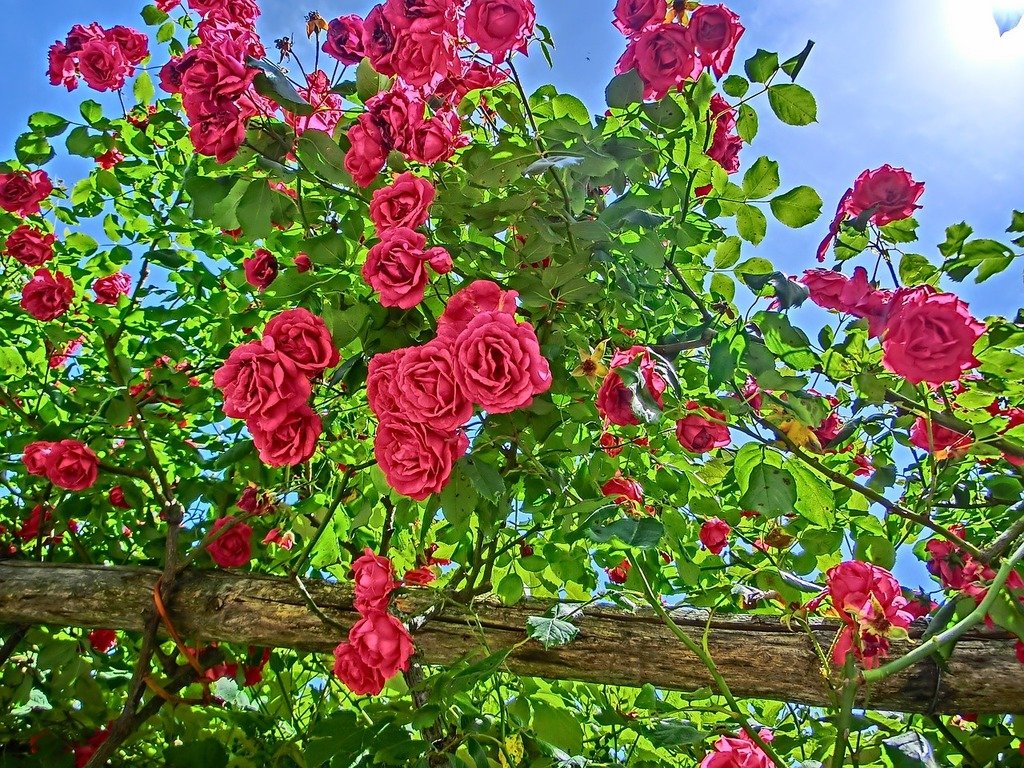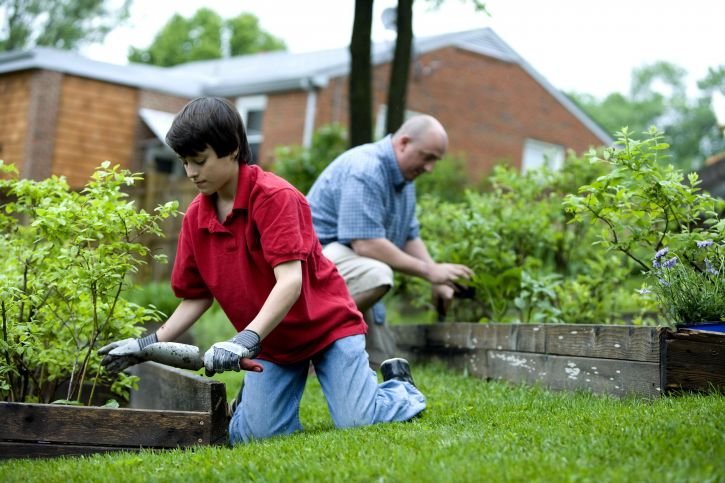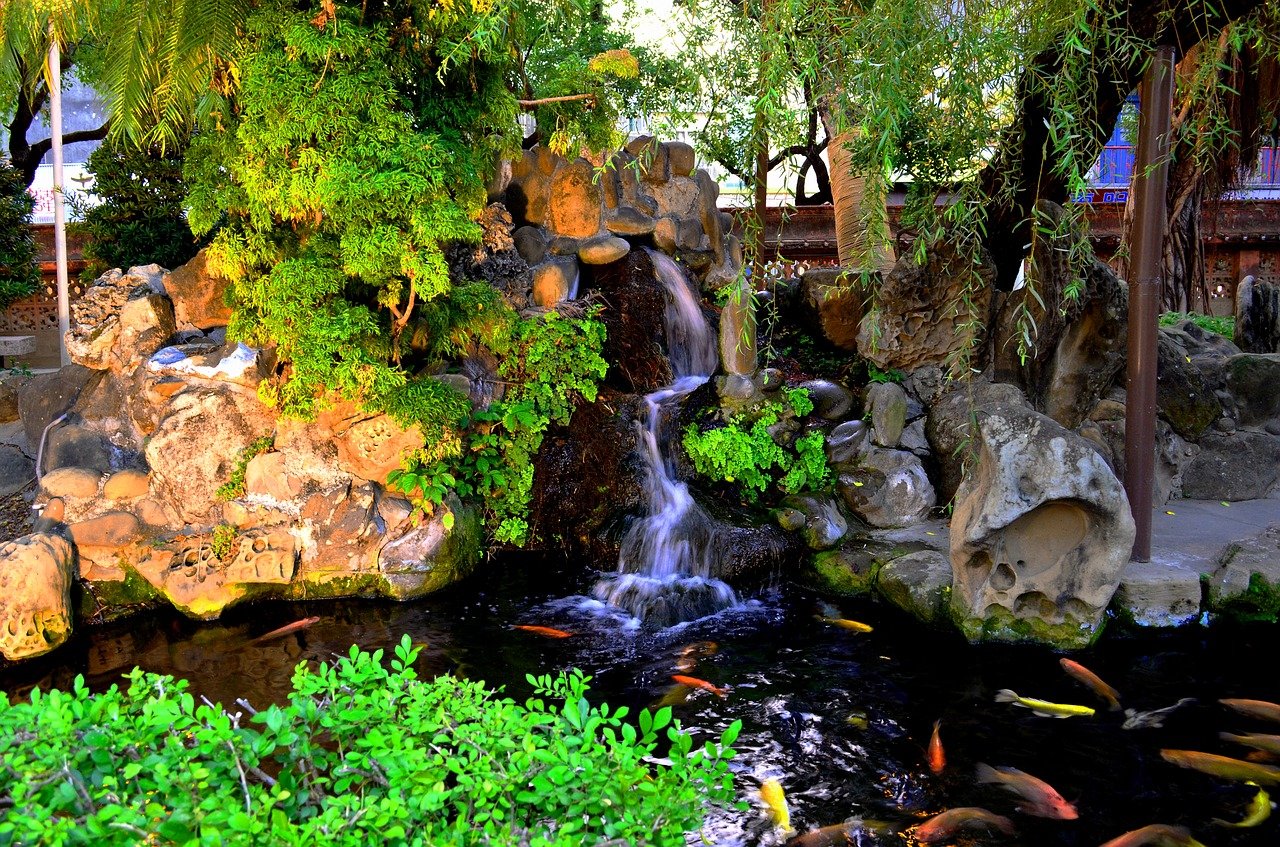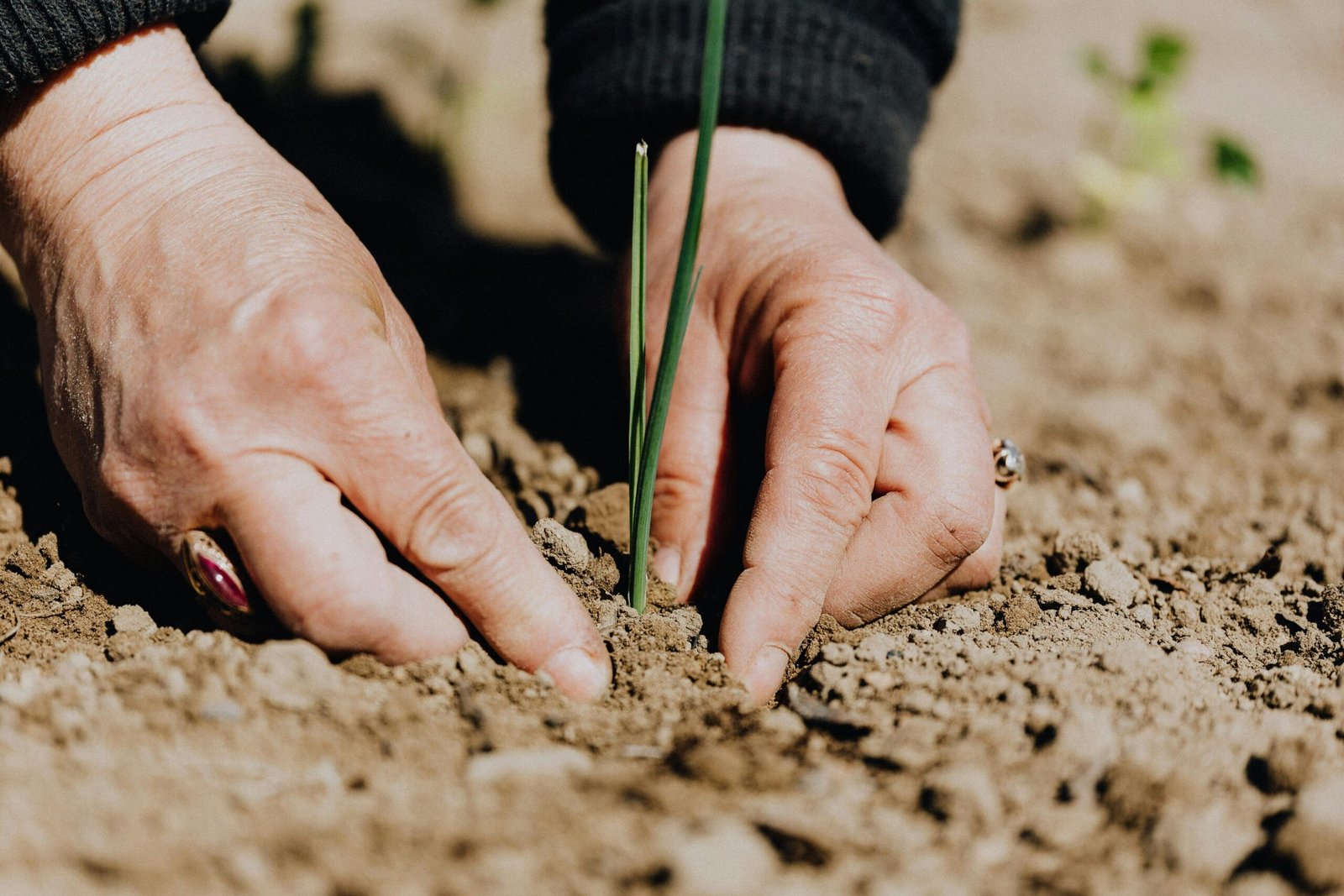In home gardening and the emerging trend of saltwater gardening, the quality of water used to nurture your plants can be a hidden factor that significantly influences their well-being. Water salinity, often overlooked but increasingly crucial, has a direct impact on the health and vitality of your garden’s green wonders.
As we embark on this horticultural exploration, we’ll delve into the world of saltwater gardening and water salinity, unveiling the challenges and opportunities it presents to gardeners. Whether you’re an experienced green thumb or just beginning your journey into home gardening, this blog is your guide to understanding how saltwater, and its salinity, can affect your beloved plants.
Join us as we demystify the salinity challenge, exploring its effects on plant health and offering insights into how to navigate this essential aspect of watering plants in your garden. The world of saltwater gardening awaits, and by the end of this blog, you’ll be equipped with the knowledge to ensure that your plants thrive in the face of the salinity challenge. Let’s dive in and uncover the secrets of saltwater’s impact on your garden’s green wonders.
Table of Contents
What happens if you add saltwater to a plant?
In the world of botany and gardening, this is a topic worth exploring. Typically, plants rely on osmosis, a natural process, to draw in water from the surrounding soil. However, introducing saltwater into the equation can lead to a rather unfavorable outcome.
When saltwater is used to irrigate a plant, it disrupts the normal osmotic process. This occurs because saltwater is denser than freshwater, making it more challenging for the plant to absorb the water it needs. Instead of water moving into the plant cells, a reverse osmosis effect takes place. The saltwater actually draws water out of the plant’s cells, resulting in dehydration.
Over time, this can have a detrimental impact on the plant’s health and vitality. Dehydration can cause the plant to wither, weaken, and even become crippled, ultimately affecting its growth and overall well-being.
How much salt is too much for plants?
The tolerance of plants to salt varies depending on the type of plant and its specific adaptation to salt levels. However, as a general guideline, here are some thresholds for salt levels that are considered too much for most plants:
Water
Exceeding 70 milligrams of sodium per liter in water can lead to injury in most plants. It’s important to note that other salts in the water, such as chloride and bicarbonate, can also affect plant health, so it’s not just sodium levels to consider.
Plant Tissue
When sodium levels in plant tissue exceed 5 percent, it can be detrimental to the plant’s health. High levels of sodium in plant cells can disrupt normal metabolic processes and lead to damage.
Soil
In the extract from a saturated soil paste, if sodium levels in the soil exceed 230 milligrams per liter, it can adversely affect plant growth. High soil sodium levels can lead to soil salinity, which hinders water uptake by plants and can result in wilting and reduced plant health.
Keep in mind that different plant species have varying levels of salt tolerance. Some plants, known as halophytes, are adapted to thrive in high-salt environments, while others are more sensitive and can be harmed even by relatively low levels of salt.
Therefore, it’s essential to be aware of the specific salt tolerance of the plants you are growing and to monitor salt levels in your water and soil to avoid exceeding these thresholds. Regular soil testing and water quality analysis can help ensure that your plants are not exposed to excessive salt levels, which can negatively impact their growth and overall health.
Understanding Water Salinity
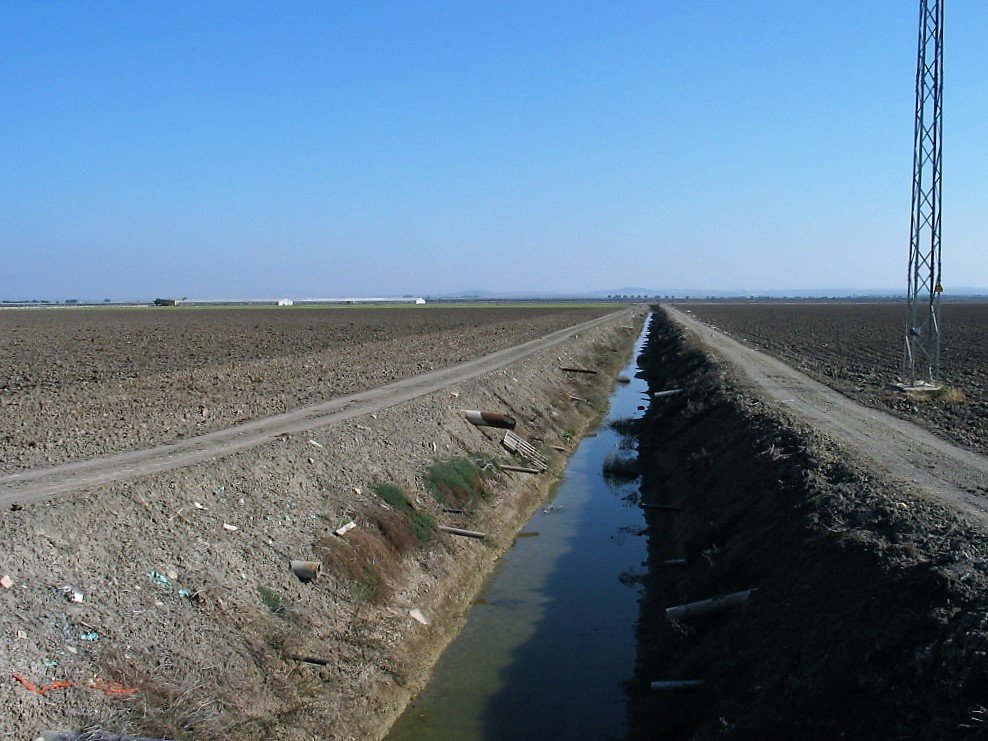
Water salinity, a crucial parameter, is commonly assessed using electrical conductivity (EC) or total dissolved solids (TDS) measurements. EC gauges a liquid’s capacity to conduct electricity, whereas TDS quantifies the concentration of all dissolved components within the water. The salinity levels can fluctuate significantly based on the water source, encompassing freshwater, brackish water, or seawater. Oceanic waters, for instance, generally exhibit an average salinity range of 33-37 grams per liter.
How salinity affects your garden
Salinity, or high salt levels in the soil, can have significant adverse effects on plant growth and health. Here’s an expanded explanation of how salinity affects plants:
Osmotic Stress
- Salinity in the soil increases the osmotic potential, making it harder for plants to absorb water through their roots.
- This leads to a condition known as osmotic stress, where plants struggle to take in sufficient water to support their metabolic processes.
- Osmotic stress can result in reduced turgor pressure within plant cells, causing wilting and decreased cell expansion.
Ionic Imbalance
- High salinity introduces excessive amounts of certain ions, particularly sodium (Na+) and chloride (Cl-), into the soil.
- The presence of these ions can disrupt the balance of essential nutrients, making it challenging for plants to take up nutrients like potassium, calcium, and magnesium.
- This ionic imbalance can lead to nutrient deficiencies in plants, affecting their growth and overall health.
Toxicity
- Elevated salt levels can directly harm plant tissues, primarily the roots.
- Salt toxicity can damage root cells and impair their ability to absorb water and essential nutrients from the soil.
- Damaged roots can lead to reduced nutrient uptake, poor water absorption, and stunted growth.
- Additionally, salt ions can accumulate in plant leaves, causing leaf burn or necrosis, further hindering photosynthesis and growth.
Reduced Crop Yield and Quality
- In agricultural settings, high soil salinity can significantly reduce crop yields and quality.
- Salt-stressed plants may produce smaller fruits or grains, and the overall harvest may be diminished.
- The quality of harvested produce can also be compromised, as excess salt can affect taste and texture.
Long-Term Impact
- Prolonged exposure to high soil salinity can lead to permanent damage to plant root systems.
- Plants may become more susceptible to diseases and pests due to weakened defenses.
- In extreme cases, excessive salinity can lead to plant death.
Plant Tolerance
- It’s important to note that some plant species and varieties have developed mechanisms to tolerate higher levels of salt, known as halophytes.
- Halophytes have adaptations that allow them to thrive in saline environments, but most cultivated crops are not naturally salt-tolerant.
In summary, high salinity in the soil can disrupt the water and nutrient balance within plants, leading to osmotic stress, ionic imbalances, toxicity, reduced growth, and lower crop yields. Managing soil salinity is crucial in agriculture and gardening to ensure healthy plant growth and maximize productivity.
Plants that grow in Saline Water
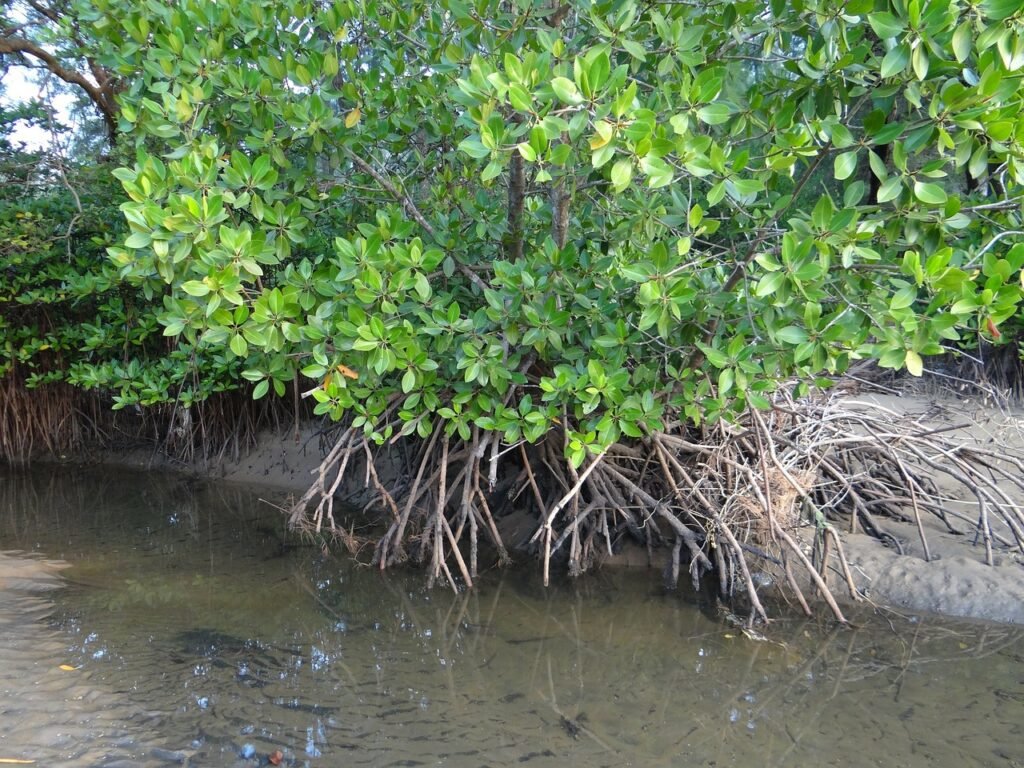
Some plant species have developed remarkable adaptations that enable them to flourish in saline water environments. These salt-tolerant plants, also known as halophytes, have evolved unique mechanisms to cope with high salinity levels. Here are a few examples of such plants:
Mangroves
- Mangrove trees, including species like Rhizophora and Avicennia, are exceptionally well-suited to thrive in coastal areas with high salinity.
- They have specialized root systems, known as pneumatophores or “breathing roots,” that enable them to obtain oxygen even in waterlogged, salty soils.
- These trees also possess salt-excreting glands on their leaves, allowing them to filter and excrete excess salt, thus maintaining a suitable internal salt balance.
Saltbush (Atriplex)
- Saltbush plants belong to a group known for their high salt and drought tolerance.
- They are frequently utilized in land reclamation projects and as forage crops in arid and saline regions.
- Saltbush plants have evolved mechanisms to accumulate salt in their tissues without suffering the harmful effects that salt typically has on most plants.
Seagrasses
- Seagrasses, such as Zostera and Posidonia, are submerged aquatic plants that thrive in coastal areas with fluctuating salinity levels.
- They have developed efficient mechanisms to exclude salt from their tissues and maintain water balance in the saline aquatic environment.
- Seagrasses play a crucial role in coastal ecosystems, providing habitat and food for various marine organisms.
These salt-tolerant plants showcase the incredible adaptability of nature and its ability to thrive in challenging conditions. Their unique adaptations allow them to occupy ecological niches that would be inhospitable to many other plant species, contributing to the biodiversity and ecological stability of saline environments.
Minimizing the Effects of Salinity on Plant Growth: Effective Strategies
High soil salinity can pose significant challenges to plant health and productivity. However, there are several effective strategies that can be employed to mitigate the adverse effects of salinity and promote successful plant growth. Two key approaches include the use of organic matter and balanced fertilization:
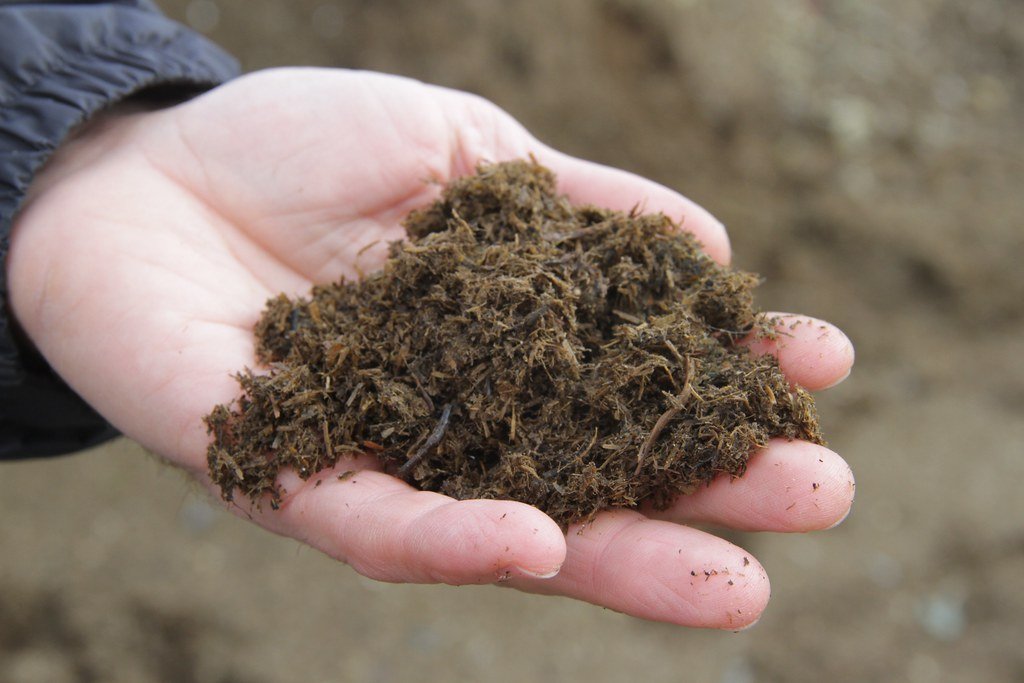
Organic Matter and Manure
- Incorporating organic matter, such as well-rotted manure or compost, into the soil is a proven technique for improving soil structure and fertility.
- Organic matter enhances the soil’s water retention capacity, helping to counteract the drying effects of salinity. This ensures a more consistent supply of water to plant roots.
- Additionally, organic matter enriches the soil with essential nutrients, promoting overall plant health and providing a buffer against nutrient imbalances caused by salinity.
- The gradual decomposition of organic matter releases beneficial microorganisms that can help break down salts in the soil, reducing their harmful impact on plants.
Balanced Fertilization
- Employing a well-balanced fertilization program is crucial for managing soil salinity. Balanced fertilizers supply plants with essential nutrients in the right proportions.
- Adequate nutrient levels in the soil can help plants withstand salinity stress and maintain healthy growth.
- Properly fertilized plants are better equipped to compete with salt ions in the soil, as they can take up nutrients more efficiently and maintain essential metabolic processes.
- It’s essential to conduct soil tests to determine nutrient deficiencies or excesses and adjust fertilization accordingly to optimize plant nutrition.
These strategies, when used in conjunction with appropriate irrigation practices and the selection of salt-tolerant plant varieties (where applicable), can significantly reduce the negative impact of soil salinity on plant growth. By enhancing soil fertility and ensuring adequate nutrient levels, growers can improve the resilience of their plants and achieve more successful cultivation in saline environments.
As we’ve explored the impact of water salinity on plant health and the nuances of watering plants in different environments, you now possess valuable insights to ensure your garden’s success.
Water salinity is no longer a hidden challenge but an opportunity for informed gardeners to nurture their green wonders effectively. Whether you’re embracing the concept of saltwater gardening or simply seeking to optimize your home gardening practices, understanding water salinity is key to maintaining the health and vitality of your beloved plants.
As you continue your gardening journey, may the knowledge gained from this blog empower you to make informed decisions about water quality and salinity. Remember that the salinity challenge is an integral part of home gardening and saltwater gardening, and with the right care, your garden can thrive, even in saline conditions.
So, embrace the salinity challenge, master the art of watering plants, and watch your garden flourish as a testament to your dedication and expertise in the world of home gardening. Happy gardening!


